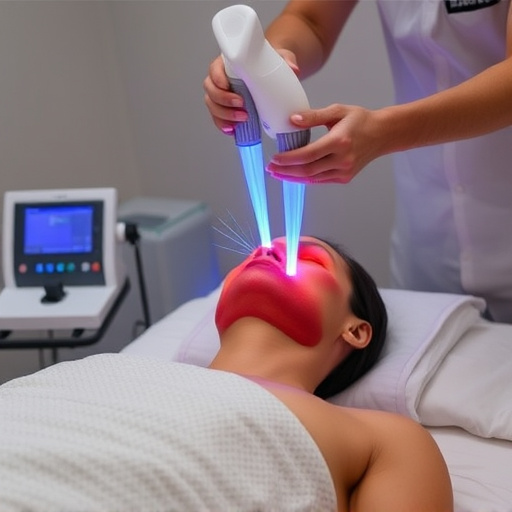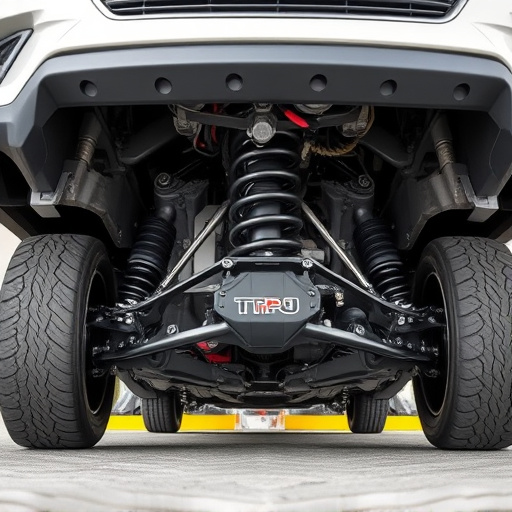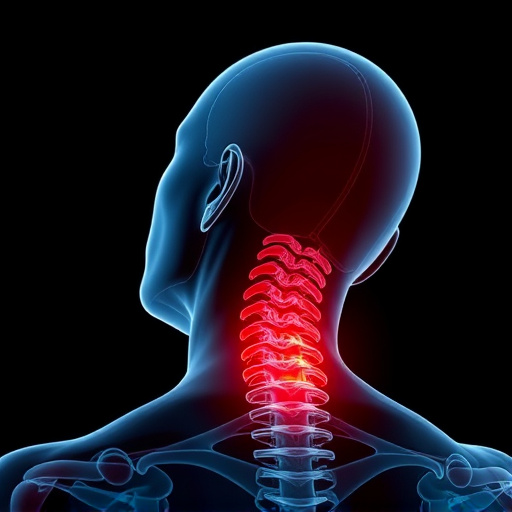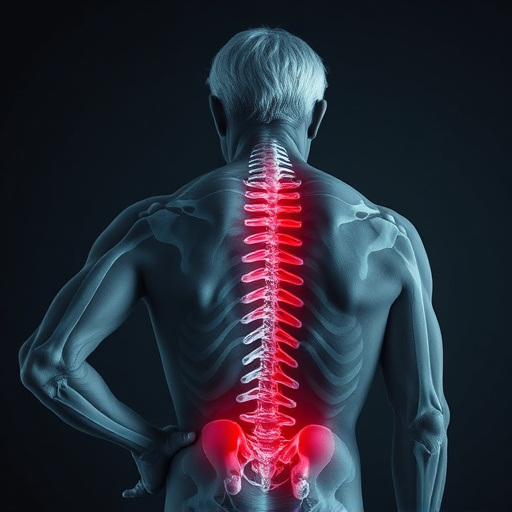Prompt auto injury assessment is vital for addressing immediate symptoms and preventing long-term health risks, such as chronic pain from untreated soft tissue damage. Early evaluation enables healthcare professionals to offer non-invasive treatments like chiropractic care for faster recovery and future complication prevention. Before the assessment, prepare by gathering accident details, documenting medical history, and wearing comfortable clothing. During the assessment, a qualified professional will conduct a thorough exam, discuss treatment options, and provide recommendations for recovery tailored to specific needs. Post-assessment discomfort is normal and should subside within a few days.
“Unsure when to schedule your first auto injury assessment? This guide is designed to demystify the process, helping you understand when an assessment is crucial after a car accident. Learn how to prepare for your visit, what to expect during and afterward, and why these steps are vital in your road to recovery. By understanding the significance of an auto injury assessment, you can navigate this important step with confidence.”
- Understanding When an Assessment is Necessary
- Preparing for Your First Auto Injury Visit
- What to Expect During and After the Assessment
Understanding When an Assessment is Necessary

Many auto injury victims wonder when they should schedule their first assessment after an accident. Understanding when an assessment is necessary goes beyond merely experiencing physical symptoms. While immediate pain or discomfort is a clear indicator, it’s important to consider the potential for long-term effects. Even seemingly minor accidents can result in hidden injuries, such as soft tissue damage or muscle strains, that may not manifest immediately but could lead to chronic pain relief challenges if left untreated.
Chronic pain relief and muscle recovery are significant concerns following auto accidents. Chiropractic care is often recommended as a non-invasive approach to address these issues. An early assessment allows healthcare professionals to identify and treat any abnormalities or imbalances in the body, promoting faster recovery and potentially preventing the development of long-term health complications. This proactive step can make a significant difference in managing pain and restoring mobility, ensuring victims receive the appropriate care they need for both immediate and future well-being.
Preparing for Your First Auto Injury Visit

Before your first auto injury assessment visit, it’s essential to prepare yourself mentally and physically. Gather all relevant information about the accident, including dates, locations, and any immediate medical attention received. Create a list of questions or concerns to discuss with the healthcare provider, focusing on symptoms, treatment options, and expected recovery timelines. This proactive approach ensures you make the most of your initial consultation.
Additionally, prepare by documenting existing medical records, previous injuries (if any), and current medications. Wearing comfortable clothing and bringing necessary documents can also streamline the visit. Remember, the goal is to provide comprehensive information about your condition, which aids in accurate diagnosis and effective musculoskeletal injuries pain management or chronic pain management.
What to Expect During and After the Assessment

During your first auto injury assessment visit, expect a thorough examination by a qualified healthcare professional. They will gather detailed information about your medical history, the nature and severity of your injuries, and any symptoms you’re experiencing. This includes reviewing X-rays or other imaging results if available. The assessment may involve physical manipulation and range-of-motion tests to pinpoint areas of discomfort, tenderness, or limited mobility. You can also expect discussions about potential treatment options, including non-invasive treatments for conditions like neck pain relief or herniated disc treatment, tailored to your specific needs.
After the assessment, you’ll typically receive an explanation of your findings and recommendations for care. Your healthcare provider may prescribe a combination of therapies, such as physical therapy, medication, or other interventions, to help alleviate your symptoms and facilitate healing. It’s common to experience some discomfort or soreness following the assessment due to the tests conducted, but these should subside within a few days. Remember, the goal of this initial visit is to establish a clear understanding of your injuries and chart a course for recovery.
Knowing when to schedule your first auto injury assessment is crucial for a swift recovery. By understanding the necessity of an early assessment, preparing appropriately, and recognizing what to expect during and after, you can navigate this essential step effectively. Remember that seeking prompt attention can significantly impact your overall well-being and outcome, ensuring a smoother journey towards healing.














